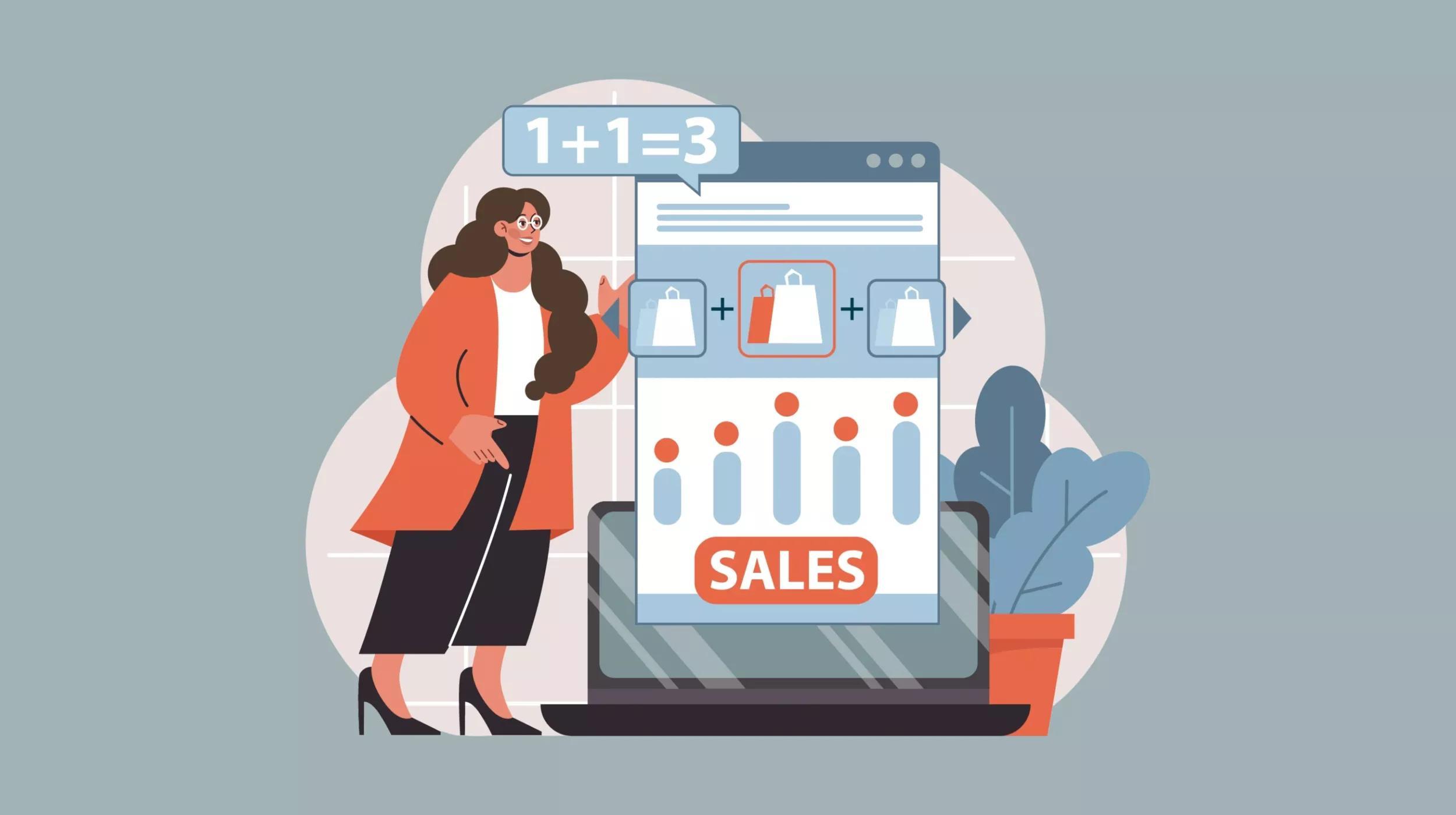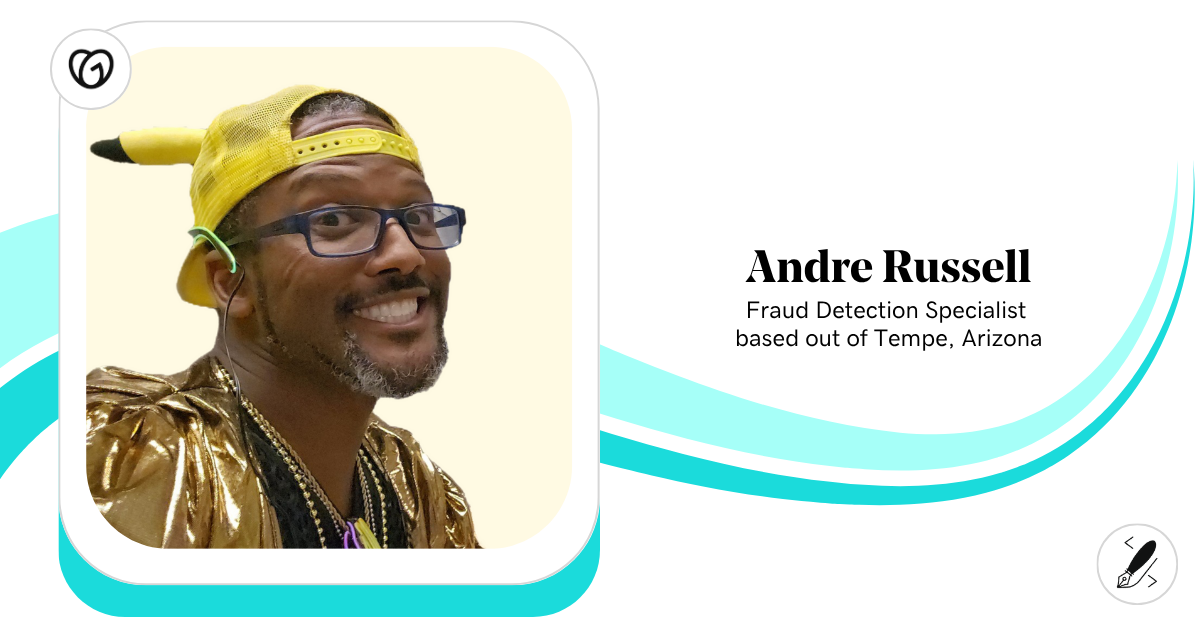Let’s face it. You build websites to sell more stuff, either your own products or clients' inventory. While creating a website is an important part of the process, you’re up against millions of other ecommerce sites across the globe — hence the importance of link building for ecommerce.
In fact, some of them already have a following and years of experience. You may be at the early stages of your website or already have one and are struggling to get real traffic.
How can you rise above other websites? Simple: Link building for ecommerce.
The more appropriate the website that links back to yours, that is a signal to search engines that your website is important which can push you higher in search results. And more traffic equals more potential sales.
In order to get started on link building, here are essential concepts to understand:
- The importance of content for ecommerce
- 6 link building strategies
- How to do outreach
Let’s discuss each in further detail so you can rise above the competition, get seen by more customers and increase sales.
The importance of content in link building for ecommerce
To get a good start on link building for ecommerce, you’ll need content. Content on a website is what other websites will be linking to. When someone clicks a link from another website to yours, this is the content they’ll start reading.
That piece of content means everything!
It represents your brand, builds relationships with your reader and creates loyalty. Poor content gives your poor results and misrepresents your brand. Great content establishes trust.
As good as that all sounds, there are a few challenges to note:
- Level of competition in your niche
- Skepticism from readers since your website has commercial interests
- Absence of useful content on your website
To address these challenges will depend on the current state of your website.
Level of competition in your niche
If you’re building sites in a competitive niche, it’ll take more time and resources to create content and build links. Other websites may have already written about the topics you want to cover.
Use topics that others have not written about, but are still relevant to your project.
If the competition isn’t that heavy, you’ll have a wider range of topics to talk about. This means you’ll be able to answer a lot of questions or concerns that’s relevant to your niche.
Before you revisit your strategy, let me confuse you.
The best way to beat the competition is by... not competing.
When you're competing, everyone knows the rules to the game:
- You research what customers say they need.
- You intend to provide the solution before anyone else can.
- Or you intend to provide a better solution than others.
But what if you created the need instead?
To quote Kas Andz from Kas Andz Marketing Group (KAMG):
“To devise a truly punchy long-term ecommerce SEO strategy you need to consider hitting users before they even know they need your product, when they're still in their 'research/awareness' stages.”
Customers have a lot of needs. They may think that a solution to their problem is simple, but as an expert you realize that they'll encounter problems that they don't see yet. That's where you come in. You help them understand a problem they're facing (that they haven't realized) and you provide a solution.
Kas adds further:
“With a lower bounce rate, higher traffic numbers and ultimately planting the seed of your brand in the end users mind; you're setting yourself up for success both in Google's eyes and your potential audience..”
Since it's so early in the process, you'll end up catching fish while they're still in the river before they end up in the fishing pond.
Reader skepticism
For the most part, this is understandable. Your website is geared towards selling products, so some readers take what you say with a grain of salt.
Good content solves this problem by providing value to users without anything in return which results in building trust. The more content they read on your website, the more they’ll find value.
The more they’ll find value, the more likely they are to be a customer. That nicely leads to our third point.
Absence of useful content
What is useful content? It’s content that solves other people’s problems or answers their questions. The more useful the content on your website is, the more they’ll read your other blogs and trust you as an expert.
Useful content here is not only related to the products you sell but also the niche they’re connected to.
With the abundance of noise and marketing, usefulness often gets lost online. Offer useful advice and knowledge to build relationships with people.
6 ecommerce link building strategies
Link building for ecommerce is an essential part of getting seen online. There are many ways to go about it and it’s dependent on many factors. It is possible you’ll be using a few of them at a certain point in time.
These are:
- Getting featured in niche-relevant roundup posts.
- Competitor analysis
- Digital PR
- Influencer reviews
- Influencer online marketing
- Tapping universities/local gov
Niche-relevant roundup posts
If you ever came across a website that advertises 12 Effective Personal Finance Mentors to Follow, you’ll see a list of 12 finance mentors and links to their respective websites.
To make this strategy work, we’ll need to:
- Find a website that has a roundup that is about your niche or topic.
- Ensure that you have a piece of content that would add value to their roundup.
- Reach out to the right person to make this happen.
Competitor analysis
Most niches already have established websites that built links. This can be done directly or indirectly.
Sometimes, a website will link to another website indirectly. They find a useful piece of content on a website and link to it if they do not feel the need to write a similar piece.
There are also instances where your competitors have done direct link building strategies themselves, which is how they got a backlink from another website.
If these websites find it acceptable to link to your competitors, there’s a good chance they’ll link to you as well. The caveat is that you’ll need to provide as good a value as your competitors, or even better.
To make this strategy work, we’ll need to:
- Analyze the links that your competition has already built.
- Ensure that you have value that is as good or better than what your competitors are offering.
- You also want to look at the context with which they linked to them. Did they mention two or three of your competitors on the same page because you all cover a very specific area of the market? Could be a quick win for you.
- Reach out to the right person to make this happen.
Digital PR
Media outlets and journalists are staples in the industry. A lot of these journalists reach out to experts or niches they’re unfamiliar with when they need to verify something.
Given the massive amount of content they need to produce and the quality of the content expected of them, they’ll need all the help they can get.
This is how platforms like HARO and Qwoted help journalists. HARO (Help A Reporter Out) is a way for journalists to get feedback from industry experts or specific questions that they’ll write about.
To make this ecommerce link building strategy work, we’ll need to:
- Find relevant queries to your niche.
- Answer their query in the most accurate way possible.
- Respond to queries in a timely manner.
You may also want to consider proactively reaching out to journalists. But if you are going to do that, you need to ensure:
- You are reaching out to exactly the right people at those publications, perhaps the ones who seem to cover products, or talk about topics in your niche.
- You have an angle that is compelling enough or a product that is cool enough to warrant their attention.
For instance: it may be a parody or gag version of your core product (like when ThinkGeek released tins of unicorn meat).
Or you have some very insightful data about something that would interest some of that publication’s audience. One example would be an ecommerce brand that sells products aimed at car owners, running a survey on over 1,000 drivers and showing the journalist this data.
Influencer reviews
People love to be on social media. With that much attention, it’s no doubt powerful to leverage influencers. These creators are engaged with their followers, who have already established a level of trust.
The more trustworthy an influencer is, the more their audience will trust the brands/products that they’ll push out.
This can be a good or bad thing, depending on how favorable the review of the influencer is.
To make this strategy work, we’ll need to:
- Find influencers that are relevant to your niche.
- Make sure that the audience they’re building will find our service/product useful.
- Send the influencers a great product that delivers on its value, so they can review it on socials.
Influencer online marketing
While social media covers a majority of where people spend their time, there are other areas on the internet where we can leverage influencers.
A lot of them have branched beyond social networks and have their own websites/blogs. The added benefit to working with these influencers is that your reach is far wider than normal.
Social media engagement can lead to online link building, and online link building can drive social media engagement. Finding an influencer that works with multiple platforms affords you more traffic sources.
Here’s a few caveats to this approach:
- Finding the right audience — Some audiences are more receptive to influencers, while others are more passive.
- Finding the right influencer — The right influencer increases your visibility and credibility. The wrong influencer ruins it.
- Establishing the right partnership — Going long-term or short-term with an influencer depends on a number of factors. Be sure to weigh your options.
Amra Beganovich founder of a digital agency, adds further:
"..working with wrong influencers may also have the opposite effect. This is where analysis of past influencer partnerships comes at hand. The ability of a brand to structure sound contracts becomes useful to prevent any defamation from the influencer side as well as provide a company with the ownership of brand affiliated content an influencer produces."
Tapping universities/local gov
Universities and government websites are quite authoritative. The more authoritative (and relevant) the website that’s linking to you, the better it will be. They’ve been around long enough and built a level of credibility, not only with search engines but with people who visit their websites as well.
If your niche (or the specific resource you have) is relevant to university employees, students or local residents, they might find your content worth linking to.
Not all niches may be able to deliver on that fact but it is worth looking into.
To make this strategy work, we’ll need to:
- Find the right use case that a university or local government will find worth linking towards.
- Reach out to the right university or local government that best fits the use case.
- Reach out to the right contact.
How to do outreach in link building for ecommerce
There are two ways to go about outreach: how everyone usually does it and how you should it.
Most agencies usually create a template and spam the inboxes of any contact person that’s relative to the website they’re doing outreach on. This is if your outreach is going for quantity rather than quality.
We make sure to slow down and take time with each outreach email.
This means doing research about what you're pitching, which website you're pitching for and whom you're pitching to. This strategy is going for quality rather than quantity.
Finding the right contact
This is a key step. When you’ve gotten the right contact person, you increase the likelihood of getting a backlink for ecommerce. This is because you’re actually talking to the person that can make these decisions.
Getting the right email contact isn’t foolproof but it greatly increases our chances of starting the conversation.
Here’s a few characteristics of the right contact:
- For small websites, the blog owner’s email is ideal.
- For medium-sized websites, the content manager/editor can work.
- For other instances, an email address of a person working with the website and not a broad email like “info@yourwebsitehere.com.”
If the email address is not on the website, try searching online. Chances are good that the website owner/editor is on social networks like LinkedIn, which may yield a better contact email.
Avoiding SPAM
If your pitch is caught by spam filters, it won’t do you any good. A great email pitch isn’t great if no one reads it.
There are plenty of factors that may cause cold emails to get caught in spam filters.
The only way to know for sure is to find out what algorithm these mailing clients use to filter what’s spam or not. And since we don’t have access to that, there are things we can control which decreases the chances of getting caught by spam filters.
Here are a few things we keep in mind:
- Personalization — Spammy emails are often robotic or impersonal.
- Known spammy words — There is online research about common spam triggers. It may not be 100% accurate but it’s best to avoid these words anyway.
- Length of subject line — 7 words or 41 characters long seems to be the sweet spot. Make it personal and natural sounding.
- Length of email — 200 words/email is long enough to convey your core message but short enough to be easy to read.
- Sending under 100 emails/day — The closer you reach to sending 100 emails/day, the more akin it is to spammy behavior.
- Using as few images as possible — Depending on your outreach style, this can vary. Try to limit your images to 1 per email and ensure it’s relevant to the text.
- Having 1 CTA — Not only does having 1 CTA make it easier to understand your pitch intent but it also reduces the likelihood of getting caught by spam.
- Limiting the use of ? or ! — Same as having 1 CTA. Try using 1 ? and/or ! once per email.
- Cleaning up link references — Instead of pasting an entire URL in the email body or shortening it, try hyperlinking to it using a relevant text.
Personalization
When you first receive an email (if it hasn’t been filtered by spam), you’ll know an impersonal email when you see it. The subject line is generic and the body shows no sign of connecting with you.
It’s one thing to want to personalise an outreach and another to execute that intention.
Our personalisation strategy involves three things:
- Researching the relevance of what we’re offering to the website.
- Researching about the person we’re reaching out to.
- Putting that research into writing.
Once we understand how to bridge what we’re pitching with the website’s audience and the person we’re reaching out to, the email transforms. It’s no longer a cold email — it's become a conversation starter.
Personalization is not a guarantee of a backlink but it sets you apart from the sea of templated outreaches and may reward you somewhere down the line.
The right tone of voice
Tone of voice can be tricky. Email is convenient to write and send messages. The main downside is that communication is not only about what you’re saying but also how you say it.
When you’re speaking to someone, you use tonality, pitch and body language that compliments what you’re talking about. Such luxury is not in email.
The solution is language. Specifically, language that your audience is using.
For example, the kitchen appliances niche. You’ve determined that your core audience are stay-at-home parents.
- What language would they use?
- What problems do they have?
- How can you help them decide the right product?
By using the same language and thinking about the needs of your customers, the tone of voice becomes more natural.
Doing follow ups
Have you ever ignored an email once but responded after they sent a follow-up? It turns out that everyone else does that too.
There are many reasons why a follow up gets a response:
- Additional emails bring your initial pitch to the top of someone’s inbox, giving it more attention.
- Personal follow-ups make people feel that you’re not just randomly spamming inboxes.
- They might have been interested the first time but forgot to respond and your email eventually gets buried.
I think of follow ups as secondary pitches. They contain a variation of the initial pitch. It could be a one liner or an image, depending on your style. What matters is that your follow up is sincere and personal.
When should you send follow-ups?
That depends. Try different days of the week, at different times of the week. A good rule of thumb is 3 days to a month, depending on where the current conversation is.
Conclusion
The only way to rise above your competition is to create content they haven’t created (or haven’t created well), then go about link building for ecommerce from relevant and authoritative websites to yours.
Do link building for ecommerce correctly and it rewards your website with relevant, monetizable traffic. The best way to build links is to build relationships with other websites instead. The links will come as a result.






